Concrete tile roofs are a popular choice for many homeowners due to their durability, longevity, and aesthetic appeal. However, as with any roofing material, concrete tile roofs can experience issues over time, especially as they age. Here are some common issues that can arise with older concrete tile roofs:
Cracking: Over time, concrete tiles can develop cracks due to exposure to weather elements and wear and tear. These cracks can allow water to seep through and cause damage to the underlying roof structure. Regular inspection and maintenance of the roof are essential to prevent this issue.
Shifting or movement: Concrete tiles can shift or move due to settling of the underlying structure, expansion and contraction caused by temperature changes, or other factors. This can cause the tiles to become misaligned or break. To address this issue, homeowners should have their roof inspected by a professional to identify any underlying structural issues that need to be addressed.
Debris accumulation: Debris such as leaves, branches, and dirt can accumulate on concrete tile roofs over time. This debris can cause damage to the tiles and obstruct water flow, leading to leaks and water damage. To prevent this issue, homeowners should regularly clean their roof and gutters to remove any debris.
Wear and tear: Older concrete tile roofs may have wear and tear due to exposure to the elements, temperature changes, and other factors. This wear and tear can lead to cracks, leaks, and other issues. To address this issue, regular maintenance and inspections by a professional roofing contractor are necessary.
The underlayment is an essential component of any roofing system, including concrete tile roofs. Here are some common issues that can arise with older concrete tile roof underlayment:
Water damage: Over time, the underlayment can deteriorate due to exposure to water and moisture, leading to damage and potential leaks. To address this issue, homeowners should have their underlayment inspected by a professional to identify any areas of damage that need to be addressed.
Wear and Tear: The underlayment can experience wear and tear due to weather elements, age, and other factors, which can cause it to become brittle or crack. To prevent this issue, homeowners should regularly inspect their underlayment and have any damaged areas repaired or replaced.
Poor Installation: If the underlayment was not installed correctly, it can cause issues such as buckling, tearing, or premature wear. To address this issue, homeowners should ensure that their underlayment was installed by a professional and that it meets the manufacturer’s specifications.
Inadequate ventilation: Inadequate ventilation can cause moisture to build up in the attic, leading to damage to the underlayment and other roof components. To address this issue, homeowners should ensure that their roof has adequate ventilation to allow for proper airflow.
Pests: Rodents and other pests can cause damage to the underlayment, either by nesting or chewing on it. To prevent this issue, homeowners should ensure that their roof is properly sealed to prevent pest entry.
Incorrect Material: The underlayment material must be suitable for the roof’s slope and weather conditions. Using the wrong material can lead to issues such as buckling, tearing, or premature wear. To prevent this issue, homeowners should ensure that the underlayment material is appropriate for their roof.
Damage During Installation: The underlayment can be damaged during installation if it is not handled correctly, leading to premature wear and tear. To prevent this issue, homeowners should ensure that their underlayment is installed by a professional who is experienced in working with the specific material.
In conclusion, regular maintenance and inspections by a professional roofing contractor are essential for preventing and addressing any issues with older concrete tile roofs and underlayment. By taking these steps, homeowners can extend the lifespan of their roof.
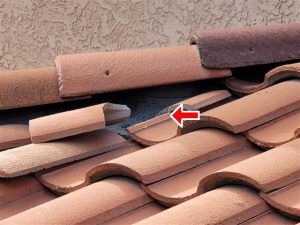
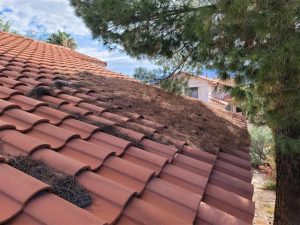
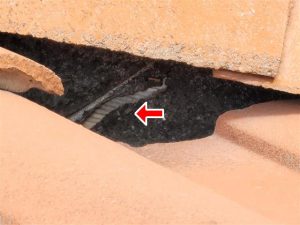
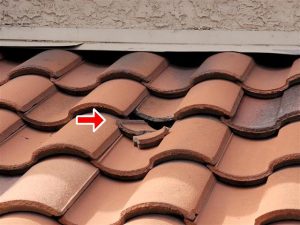
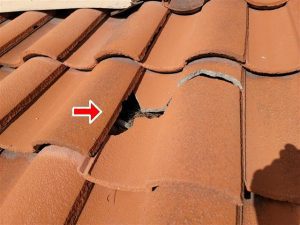

Recent Comments